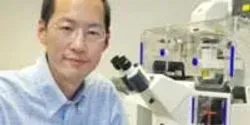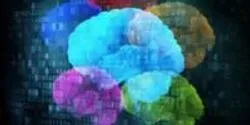Neuroscience

A study involving the University of Iowa finds crows join humans, apes, and monkeys in exhibiting advanced relational thinking.

A preliminary university investigation has revealed that University of Texas (UT) environmental health and safety officials disposed of multiple brain specimens in approximately 2002 in accordance with protocols concerning biological waste, according to a Dec. 3 statement by the school.

A couple of years ago a scientist looking at dozens of MRI scans of human brains noticed something surprising. A large, fiber pathway that seemed to be part of the network of connections that process visual information showed up on the scans, but the researcher couldn’t find it mentioned in any of the modern-day anatomy textbooks he had.

We’re entering the era of big neuroscience. In a little over a year, the United States, Europe, Japan and Israel have launched brain research projects with big budgets and bold ambitions. Several other countries are expected to follow suit. But what has propelled neuroscience to the vanguard, and what impact will these initiatives have on the field?

Induced neural stem cells (iNSCs) created from adult cells hold promise for therapeutic transplantation, but their potential in this capacity has been limited by failed efforts to maintain such cells in the desirable multi-potent NSC state without continuous expression of the transcription factors used initially to reprogram them.














